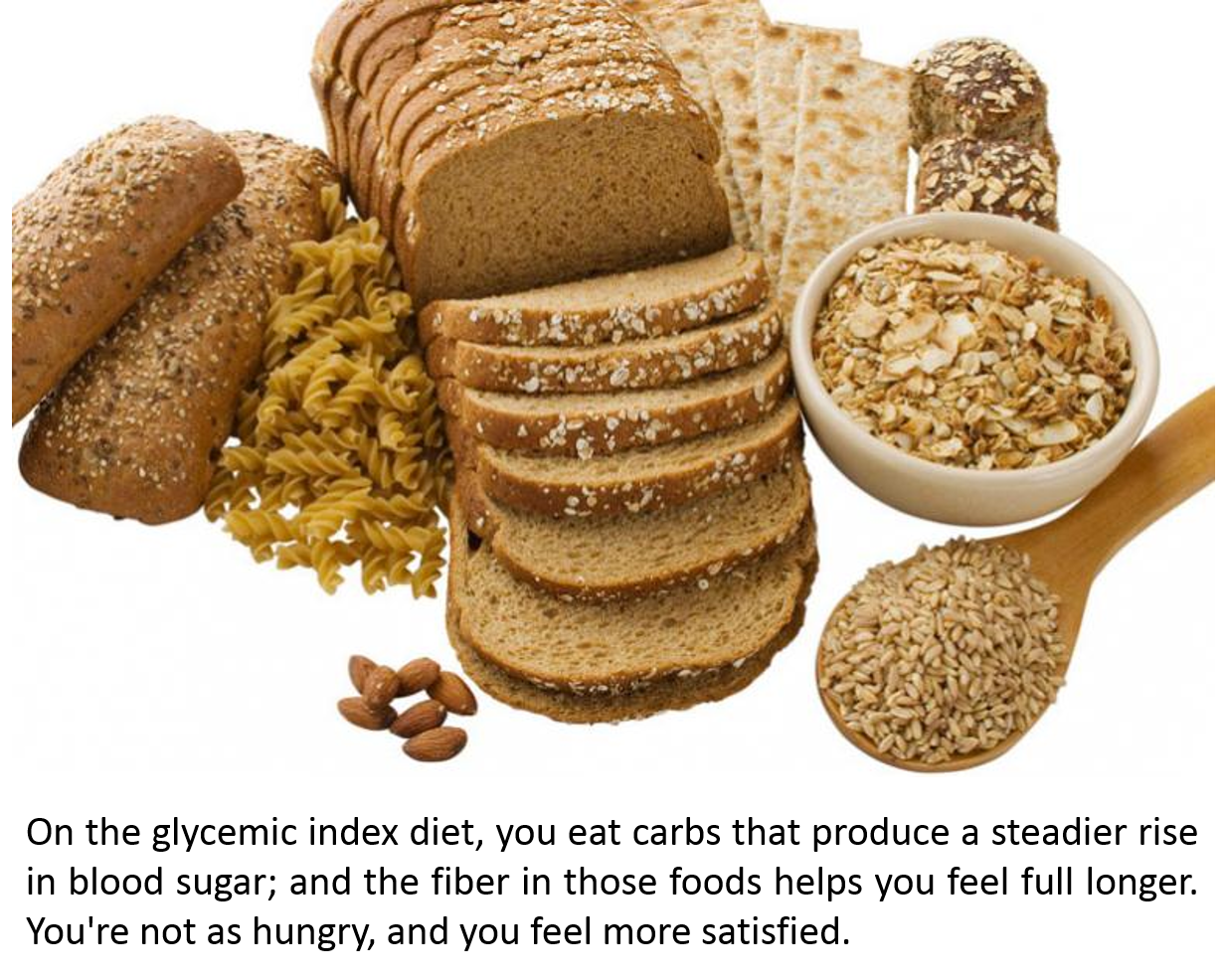Acne is a condition that most people associate with being a teenager, when hormonal changes manifest themselves in troubled skin. It therefore takes many people by surprise when they begin a weight loss program and find themselves beset by skin problems they thought they’d left behind long ago.
How Does Weight Loss Cause Acne?
There are numerous mechanisms by which losing weight may trigger an outbreak of acne.
- Dehydration – Many herbal preparations that assist the weight loss process contain diuretics that are meant to flush toxins from your system. However, this can lead to dehydration. The body responds to dry skin by signaling oil glands to secrete excess sebum, which can block hair follicles and create blemishes. Drinking an adequate amount of pure water will help your skin rehydrate. Also, taking a natural acne treatment will unblock your pores by removing dead skin cells—a result of dry skin.
- Stress – Acne is often the outward manifestation of a general stress condition on the body. Losing weight too quickly puts the body under physical stress, which may result in an acne outbreak. Slowing down the rate of weight loss to a reasonable pace will reassure your body that you’re not in danger of starvation.
- Imbalance – When your intestinal flora is in balance, digestion proceeds smoothly. An episode of acne may be a signal that the bad bacteria outweigh the good. One solution is to add good bacteria to your diet by eating yogurt or taking a probiotic formula supplement.
- Detox – The body stores toxins in fat. When you lose weight by exercising and improving your diet, those toxins are released into the bloodstream and cleared through the liver and kidneys. Losing weight quickly can overload the system, resulting in an outbreak of acne. The liver, in particular, can cause acne outbreaks when it is overworked or not functioning optimally. Drinking water will dilute the toxins and speed them through your system more quickly.
- Hormones – Abdominal fat is not merely benign blubber. Researchers have determined that adipose tissue plays a part in the secretion of hormones and other endocrine substances, which cause inflammation and irritation. Getting plenty of rest is helpful as your body dissolves and disposes of your excess adipose tissue.
Although an outbreak of acne vulgaris may accompany weight loss, you will reap benefits that are far more important and permanent than the temporary discomfort and embarrassment caused by blemishes on your skin. Also, a study found that if you follow a low-glycemic index diet, you will see improvements in your acne symptoms. One such diet is the Nutrisystem diet.
Is Obesity a Risk Factor for Acne Formation?
Apart from the incidental acne that accompanies weight loss efforts, there is an even stronger connection between acne formation and obesity. This is because obesity is often accompanied by peripheral hyperandrogenism, a term that describes the body’s overproduction of androgens – natural steroids such as testosterone and estrogen – that can cause skin problems.
Androgens have been shown to play an important role in sebum production, and sebum overproduction, in turn, is one of the primary pathogenic factors in acne formation.
One group traditionally affected by acne is young people between the ages of 12 and 18. Normally, teenage acne is transient and gradually dissipates without causing lasting emotional trauma. However, the peripheral hyperandrogenism that frequently accompanies obesity could lead to the development of severe acne.
Since childhood obesity is prevalent worldwide, a study sought to understand the association between Body Mass Index (BMI) and acne development in young people. BMI is an effective way to measure body fat. It is calculated through dividing body weight by the square of height. This method creates an easy index of weight categories, both for researchers and for health professionals seeking to identify individuals who may be at risk for health problems.
This population-based, cross-sectional study was conducted in Taiwan among 3,274 schoolchildren between the ages of 6 and 11. For children and teens, BMI is calculated differently than it is for adults and is called BMI-for-age, since is it age and gender specific.
The study discovered that children with a high BMI-for-age had a much higher prevalence rate of acne, particularly inflammatory lesions, whereas those whose BMI-for-age put them in the underweight category seemed to develop acne less frequently. Obese children, regardless of their sex, had much higher rates of acne formation.
Since severe acne can lead to scarring, both physical and psychological, the Taiwan study provided yet another reason for the interception and reversal of childhood obesity.
About the Author
Kelly is a freelance writer who has a keen interest in researching and writing about various health topics, including acne treatment, diets and weight loss programs. Kelly’s blog Lodlois is dedicated to people who want to lose weight and improve their health. In her blog she highlights some inspiring weight loss stories and she offers a coupon for Nutrisystem.


